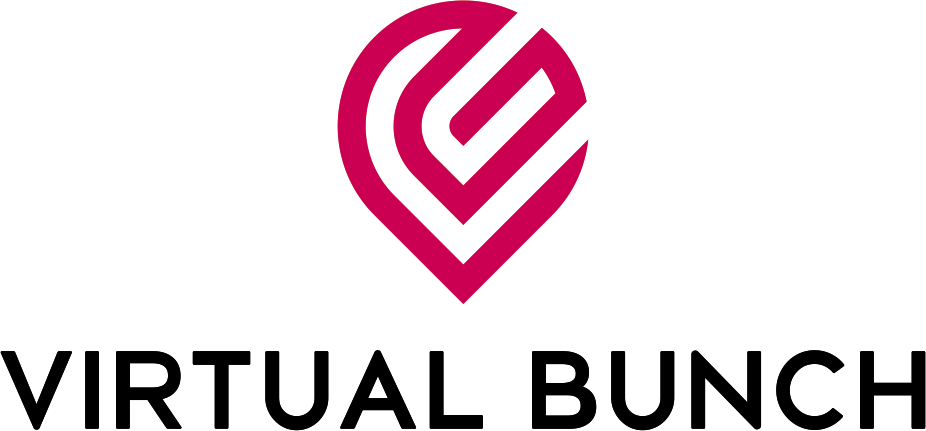
Before the pandemic, a wellness program for employees was very common in companies and consisted of activities related to their professional development in the organisation, improvements in their financial situation and even improvements in their health, among others. But now, due to COVID-19, things have changed.
With remote work, uncertainty, stress and fear are wreaking havoc on workers. Those negative emotions are not only a concern for employees, but also for the companies they work for.
It is true that working remotely can be very comfortable for some, but not being present within the organisation, meeting a schedule, without the day to day routine, it’s very easy to fall into situations that are not the most optimal for fulfilling a job.
Implementing a workplace wellness program to increase employees’ mood and improve the company’s productivity is essential these days.
It is a series of business and communication policies that seek to improve the workers’ quality of life, in order, as we said in the previous paragraph, to improve people and the organisation’s productivity, but also to improve the employees’ professional path.
An example of wellness program policies is the development of activities, both during and outside of work hours, to generate a sense of belonging for all workers, as well as to generate a sense of community.
Benefits of implementing it in the organisation
A wellness program is often not explicitly perceived in companies, but it is still present and part of their culture.
The most important thing is that the employees realize that it’s there. That is why work well-being serves to create community. By not feeling only as a professional, but also valued from a personal point of view and their ability to express their ideas and opinions is reinforced, the worker will identify more with the organisation and feel more trust not only with their colleagues but also with their superiors.
When feeling appreciated, salary, while very important, may not be the most important thing for the employee. A well applied wellness program can make a worker feel more comfortable from the point of view of his emotional state, which will reduce the possibility that he will seek other job alternatives.
The wellness program’s ability to create closer bonds between employees increases their professional performance considerably, because it allows them to improve their interpersonal skills and even their emotional intelligence.
How to do a workplace wellness program
When we talk about a wellness program, we refer to one devised by an organisation’s HR department with which they can measure the impact of some company policies that seek to improve the workers’ quality of life.
Before starting to implement it, it is necessary to know the employees very well to know if what you want to do will add some kind of value to their professional and personal lives. That is why they should be asked about the things they are interested in doing within a limited space of working hours, in person or remotely.
It is important to ask yourself what is the main objective when applying it. It could be to improve team communication or to improve their results. It can also be aimed at enhancing the sense of community of belonging or introducing new tools or ways of working.
Then you will have to know what has been the impact that the implementation of this program has had within the company. For this, it is necessary to know if face-to-face or remote surveys will be carried out, and if any type of software will be used to manage this information.
The important thing is to know the results very well to inform them to the employees through the company’s communication platform and thus be able to begin to implement the activities framed within the wellness program for remote workers.
What do we want to know when asking employees? Well, the most important thing is to know how they feel about remote work. We want to know if the employee is uneasy, if he feels mistrust or not, if he is clear about how he should do his job from now on or if it is something that he does with difficulty. Ultimately, we want to know if the worker feels hopeless or, on the contrary, his or her vigour has not undergone any change.
From a professional point of view, we want to know how they feel about their performance and professional self-esteem. If they feel like they can handle the workload now that they are working remotely.
It is important to know how they perceive their professional future within the organisation and if they feel that their work still makes sense.
It is essential to know how they are managing their personal life with their work life and if the fact of working from home has allowed them a better balance between both of them.
Carrying out this questionnaire is extremely important, which is why HR has quite a hard job prior to applying any workplace wellness policy.
Ideas of activities for applying a wellness program
You have to be creative and innovative when it comes to devising and implementing the activities that will give the employee a sense of belonging and, in some way, know first-hand how they are feeling about their new work scenario.
There are many alternatives, but we will try to give you some that guide you or serve as ideas to carry out within your organisation.
Virtual challenges: The first thing you should do is send an email or report through the organisation’s communication platforms about this activity, which may consist of meeting work or game goals. The idea is to generate a task in which different teams or all employees participate. Once the objective is met, the winners will be informed and rewarded.
Mentoring or coaching program: It is an excellent way to get to know employees more personally and what their aspirations are within the organisation, since this type of activity allows us to know what their professional interests are.
Online games: Thanks to online games that can be played through the computer or consoles, as well as in mobile applications, this type of activity encourages teamwork and fun among members of the organisation, while maintaining the social distance.
Remote well-being: Activities such as online yoga, meditation, fitness tips, fitness challenges and encouraging the employees to do activities that lead them to quit bad habits, can be an excellent way to prevent the onset of diseases, while promoting sharing between members of the organisation also respecting social distancing.
Health seminars: Confinement and remote work itself have generated other health problems different from those already caused by the pandemic. Inviting specialists for virtual chats on various health topics can give employees knowledge of the topic and the peace of mind that the organisation cares.
Healthy eating: Working from home can be very comfortable, but it can also bring other health problems such as weight gain due to a sedentary lifestyle and not knowing how to eat when and how it is due. Sharing healthy recipes, virtual cooking classes and even inviting a specialist in the field are excellent options to encourage good nutrition.
Improve the workspace: Finance new furniture, houseplants, a better connection to the internet and even more storage space in the cloud. In short, improving the conditions of the employees’ workspace can be an excellent way to improve their productivity by feeling more comfortable.
Greater flexibility: Allowing employees to take a break, a vacation (even within the home, given the pandemic that prevents travel) and not feeling so closed despite the distance, helps maintain well-being and mental health.
Greater professional support: Increasing learning and development programs, encouraging managers to have greater contact with their subordinates and to have more communication about what is happening in the organisation, will provide the employee with more peace of mind and encouragement to be more productive.
Socialize more: If there are already tools as effective as Zoom, it is time to put it to good use. It is not only about using them for work meetings, but also to be able to have virtual gatherings with all employees to discuss issues other than work. You can allocate a small budget to finance the purchase of drinks and thus be able to have a happy hour. You can also encourage company managers to organize virtual meetings with their teams to let them know that they are doing a good job for the organisation.

Online yoga for remote workers
The challenge of a wellness program during remote work
The fact of having put aside the routine that meant waking up early and getting dressed, driving to work or commuting by public transport, arriving at the office and socializing with coworkers, has meant a paradigm shift for organisations and the people who are part of it.
Forgetting what our day-to-day and habits were until recently, and adapting to the new digitization processes within companies, is now a challenge.
HR teams have a challenge ahead of them trying to keep a workgroup cohesive that was already quite varied within the offices. Now, with remote work, the challenge is that they continue to keep their productivity levels equal to or above expectations and that they continue to help the organisation to maintain its goals. To achieve this, the best tool they can count on is an efficient and effective wellness program policy.
Remote work can be challenging, at least for the first timers, here are few more useful tips: Ergonomic Recommendations for Remote Work



